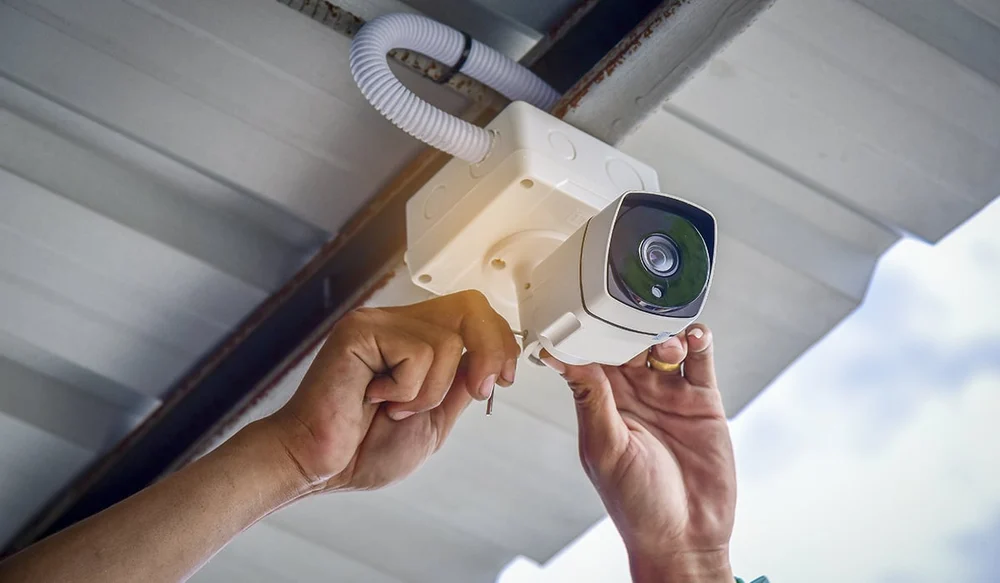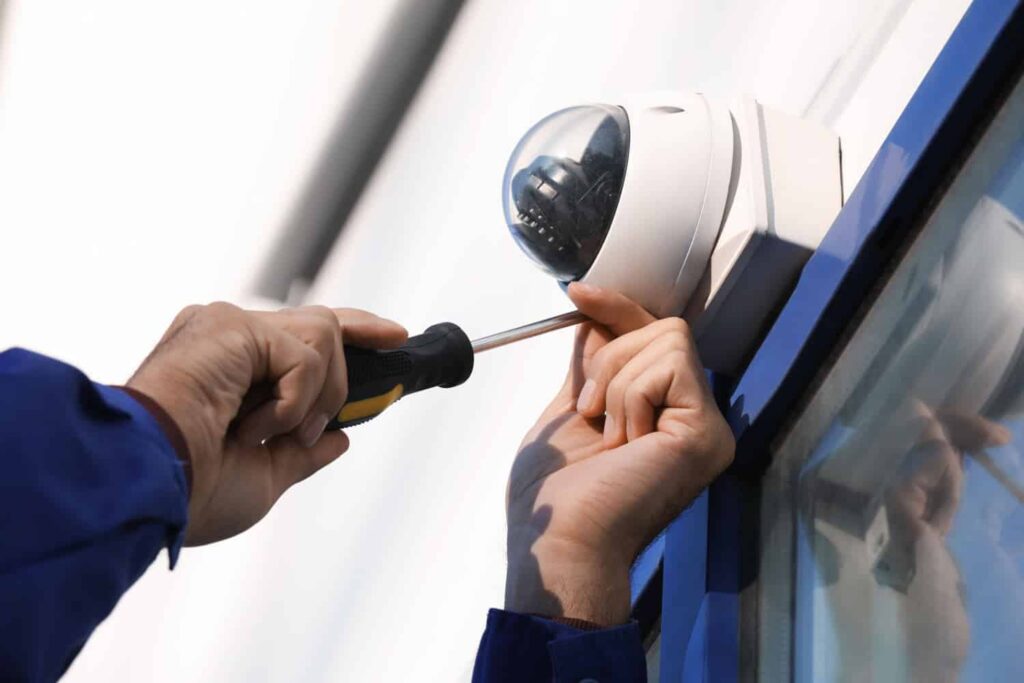In an age where home safety is paramount, understanding the ins and outs of home security installation can be invaluable. Whether you are considering a DIY approach or hiring professionals, knowing what to expect can help you make informed decisions. This guide will walk you through the essential aspects of home security installation, ensuring that you are well-prepared for the task ahead.
Understanding the Importance of Home Security
Home security installation systems serve as a critical line of defence against potential intrusions and threats. The primary goal is to protect your property, belongings, and loved ones. With statistics indicating that a burglary occurs every 40 seconds in the UK, investing in a robust security system is not just wise; it is essential.
Types of Threats
Understanding the types of threats that homes face can help you tailor your security system effectively. Common threats include burglary, vandalism, and even natural disasters. Each of these risks requires different preventive measures, which can influence the type of security system you choose. For instance, while burglaries may necessitate high-quality locks and alarm systems, vandalism might prompt homeowners to consider surveillance cameras and motion-sensor lights. Additionally, with the increasing unpredictability of weather patterns, integrating elements such as flood sensors and fire alarms can safeguard against natural disasters, ensuring comprehensive protection for your home.
Peace of Mind
Beyond the tangible benefits of protecting your property, a well-installed home security system provides peace of mind. Knowing that your home is monitored can alleviate stress and allow you to enjoy your space without constant worry. This sense of security extends beyond just the physical realm; it fosters a greater sense of community. When neighbours feel secure in their homes, they are more likely to engage with one another, creating a supportive environment. Furthermore, many modern security systems come equipped with smartphone applications, enabling homeowners to monitor their properties remotely, receive real-time alerts, and even communicate with visitors at their door. This technological advancement not only enhances security but also empowers homeowners, allowing them to take an active role in safeguarding their living spaces.
Assessing Your Security Needs
Before diving into installation, it is crucial to assess your specific security needs. This involves evaluating your home’s vulnerabilities and determining what type of system will best address them. Understanding your lifestyle and the unique characteristics of your property can significantly influence your security decisions, ensuring that you choose a solution tailored to your circumstances.
Conducting a Security Audit
A thorough security audit can help identify weak points in your home’s defence. Consider factors such as entry points, lighting, and visibility from the street. Are there areas that are poorly lit? Are windows easily accessible? These insights will guide your installation choices. Additionally, it may be beneficial to enlist the help of a professional security consultant who can offer an expert perspective on potential vulnerabilities you might overlook. They can provide recommendations on the latest technology and best practices to fortify your home against intrusions.
Identifying Key Areas for Protection
Focus on key areas that require heightened security. Commonly targeted locations include front and back doors, ground-floor windows, garages, and even gardens. Prioritising these areas ensures that your security system is effective where it matters most. Moreover, consider the installation of motion-activated lights and security cameras in these zones, as they can serve as both deterrents and valuable tools for monitoring activity around your property. Furthermore, don’t forget about the importance of securing outbuildings and sheds, which can often contain valuable tools and equipment that are attractive to thieves.
Choosing the Right Security System
With a clear understanding of your needs, the next step is selecting the right security system. The market offers a plethora of options, ranging from basic alarms to advanced smart home systems.
Wired vs. Wireless Systems
One of the first decisions to make is whether to opt for a wired or wireless system. Wired systems are generally more reliable and less susceptible to interference, but they can be more complex to install. Wireless systems, on the other hand, are easier to set up and can be expanded easily, making them ideal for beginners.
Smart Home Integration
As technology advances, many homeowners are opting for smart home security systems. These systems allow for remote monitoring and control via smartphones or tablets. Features such as motion detection, video surveillance, and automated alerts can significantly enhance your home’s security.

Installation Process
Once you have chosen a security system, the installation process begins. Depending on your comfort level and the complexity of the system, you may choose to install it yourself or hire a professional. Learn more about why home security systems Australia remains a top priority.
DIY Installation
If you decide to go the DIY route, ensure you follow the manufacturer’s instructions meticulously. Most modern systems come with user-friendly guides and videos that can simplify the process. Start by mapping out your home and determining where each component will be placed.
Professional Installation
For those who prefer a hands-off approach, hiring a professional installer can save time and ensure that the system is set up correctly. Professionals bring expertise and can provide valuable insights on optimising your system for maximum effectiveness.
Testing Your Security System
After installation, it is crucial to test your security system thoroughly. This step ensures that all components are functioning correctly and that you are familiar with how to operate the system.
Conducting System Tests
Perform regular tests of each component, including alarms, cameras, and motion sensors. Check that notifications are being sent to your smartphone or monitoring service. This proactive approach can help identify any issues before they become serious problems.
Training Household Members
Ensure that all household members are trained on how to use the security system. This includes understanding how to arm and disarm the system, respond to alerts, and operate any smart features. Effective communication is key to ensuring everyone is on the same page regarding home security.
Maintaining Your Security System
Installation is just the beginning; ongoing maintenance is essential for keeping your security system effective. Regular upkeep can prevent malfunctions and ensure that your home remains secure.
Regular Updates
For smart home systems, regularly check for software updates. Manufacturers often release updates to improve functionality and security. Keeping your system up-to-date can protect against vulnerabilities that may be exploited by intruders.
Routine Inspections
Schedule routine inspections of your security system to ensure everything is functioning as intended. This includes checking batteries in wireless devices, cleaning cameras, and ensuring that all sensors are calibrated correctly.
Understanding Costs
Budgeting for a home security system involves more than just the initial purchase price. Understanding the full scope of costs can help you plan effectively.
Initial Investment
The initial investment will depend on the type of system you choose, the number of components, and whether you opt for professional installation. Basic systems can start at a few hundred pounds, while comprehensive smart home systems can run into the thousands.
Ongoing Costs
In addition to the initial costs, consider ongoing expenses such as monitoring fees, maintenance, and potential upgrades. Many companies offer monthly monitoring services that can enhance your system’s effectiveness but will add to your overall expenditure.

Conclusion
Installing a home security system is a vital step in protecting your property and loved ones. By understanding your needs, choosing the right system, and following through with proper installation and maintenance, you can create a safe environment for yourself and your family. With the right preparation and knowledge, home security installation can be a straightforward and rewarding process.
Ultimately, investing in home security is not just about preventing crime; it is about fostering a sense of safety and well-being in your home. Whether you choose to take the DIY route or enlist the help of professionals, being informed will help you navigate the installation process with confidence.




